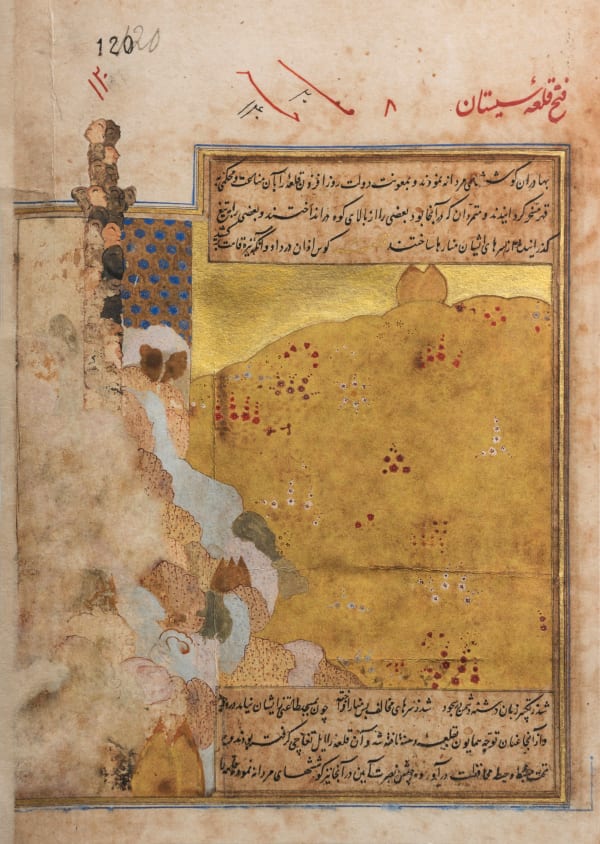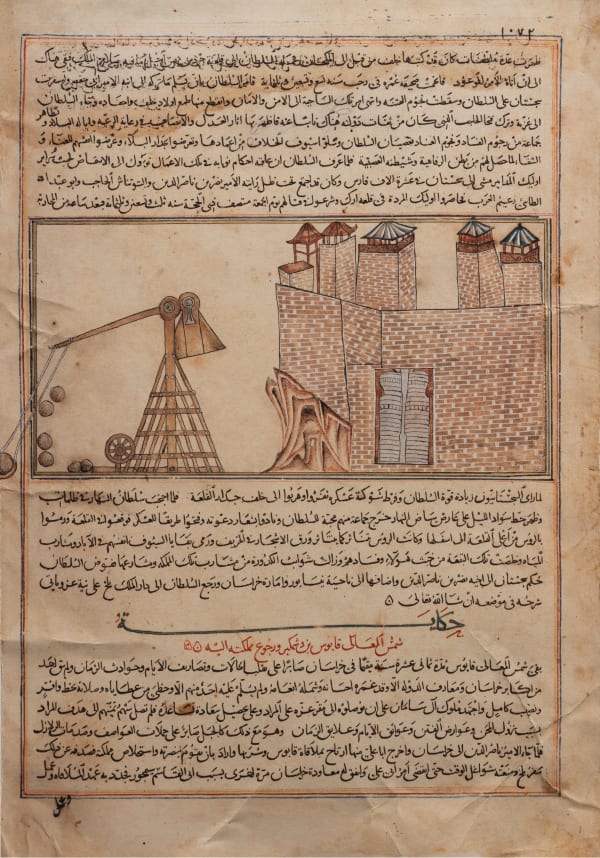For our second participation in The Armory Show, Lawrie Shabibi (Booth F15, Pier 92) presents a new body of work by Shahpour Pouyan as part of the Focus section, curated by Gabriel Ritter, Curator and Head of Contemporary Art at the Minneapolis Institute of Art. Ritter’s Focus section explores notions of the digital body/ corpse/corpus, highlighting artists that broadly address questions such as how the digital can re-imagine the human body, or a body of work, and how technology can reanimate the past, or a past body of work.
In this presentation Shahpour Pouyan extends his enquiry into the genealogy of power, here in relation to ownership and the elimination of the human body, and the relation between a body of intellectuals/ intellectual property and centralized power/ the sovereign. He traces the political anatomy of power in Iran to its roots in ancient civilization, from old Persian myths through to the medieval period, and asks if the political tactic of punishing the body and soul of the thinker could also eliminate his intellectual property.
Pouyan’s massive wooden sculpture Incarnation of the Body Politic is shown together with related new works from his delicate two-dimensional Miniatures series. His Miniatures employ means both digital and manual to eradicate the figures and anachronistic details from illustrated historical manuscripts, whilst Incarnation of the Body Politic brings the series full circle, making the imaginary something physical.
Incarnation of the Body Politic, an enormous wood sculpture painted in the blackest black paint, over 4m long by 2m high, combines aspects of the guillotine (the revolutionary killing machine from the industrial age) and the trebuchet (a masterpiece of engineering from the medieval period). It is envisaged as a machine that filters and purifies the state, by treating the body as the political property of the state and as the place where the vengeance of the sovereign can be applied - the anchoring point of the manifestation of power. One component of this sculpture, the trebuchet, was a product of the Middle East - developed by Persian prisoners of the Mongols and used in their campaigns in Europe. The first recorded instance of biological warfare was at the siege of Kaffa in October 1347, when the Khanate of the Golden Horde employed such machines to hurl the plague victims into the city, using enslaved Persian engineers to operate it. Its other component, the guillotine, represents the more recent import of Western industrialization. Simplified, refined, and devoid of details such as ropes and metal parts, this sculpture is stripped of its obvious primary function. On the other hand, the addition of a plinth and pedestal suggests a secondary purpose for the apparatus, which having inflicted punishment, then uplifts its sacrificial victim to a status worthy of awe and emulation. Revolutionary thought and thinkers, thus disposed of, can then be reincorporated back into the body politic, as “martyrs” or “visionaries”.
Incarnation of the Body Politic shows the repetition of history and human errors in different periods, a structure of impressive proportions but without a practical purpose - a failed construct. Pouyan states, “This sculpture is the missing part from the world of my Miniatures. It is a piece of machinery from the East that was lost in history. We do not know that much about its usage, who used it and against whom”. The project, in progress for the last five years, was intiated by Pouyan at first in response to the breakdown of the Arab Spring. At the time much talk, including serious journalism, related to how the protests and demonstrations that swept across the region were the Middle East’s “Enlightenment” or “French Revolution” – that hundreds of years later history and the course of human destiny was catching up.
In his Miniatures, Pouyan presents illustrations that have been reworked from celebrated Persian manuscripts, editing out any of the details that are mythological, anachronistic or have since vanished. In practice this means editing out the figures, using both digital and manual means. In concurrence with Incarnation of the Body Politic, Pouyan has selected historical miniatures with subjects that include torture and executions of heroes, martyrs, and thinkers from Persian miniatures, and siege engines used in Mongol campaigns. In these images, we have the title of the image and the story that is written in Persian text or Arabic. Missing in Pouyan’s Miniatures are the figures of heroes, executioners and observers, all of whom have been left out. Certain aspects – towers made of skulls, trebuchets, pits of sharpened spears – all take on a very different appearance and meaning without their human protagonists – in many ways mimicking the failure of Incarnation of the Body Politic as a functional object. Missing figures in these Miniatures included Mazdak, the first proto-socialist who was impaled by the Persian Sassanian king and Mansour Hallaj, the famous Sufi and spiritual leader in medieval Persia.
Other works from Pouyan’s Miniatures series are in the collections of the Metropolitan Museum, New York, the British Museum, the Grey Art Gallery, New York and the Johnson Museum of Art at Cornell University.



